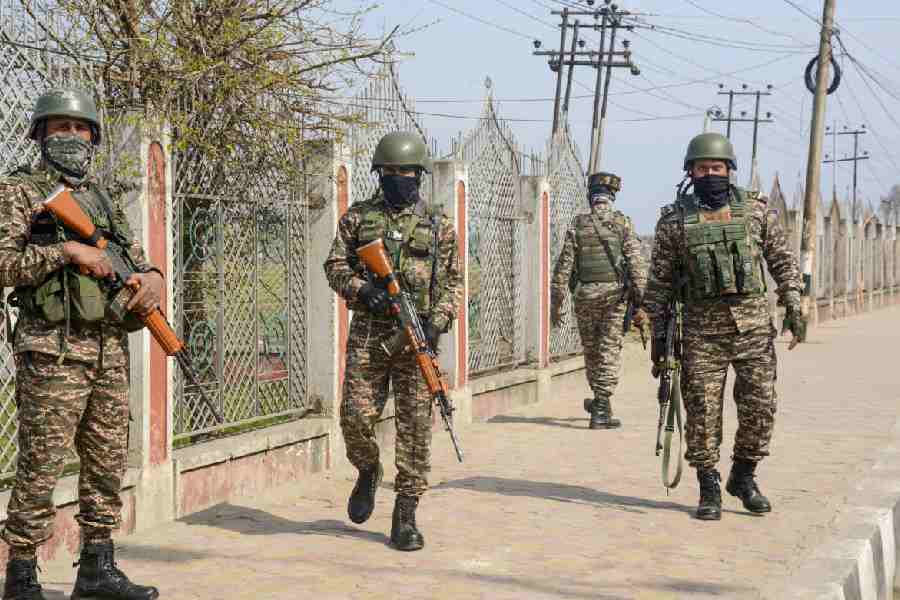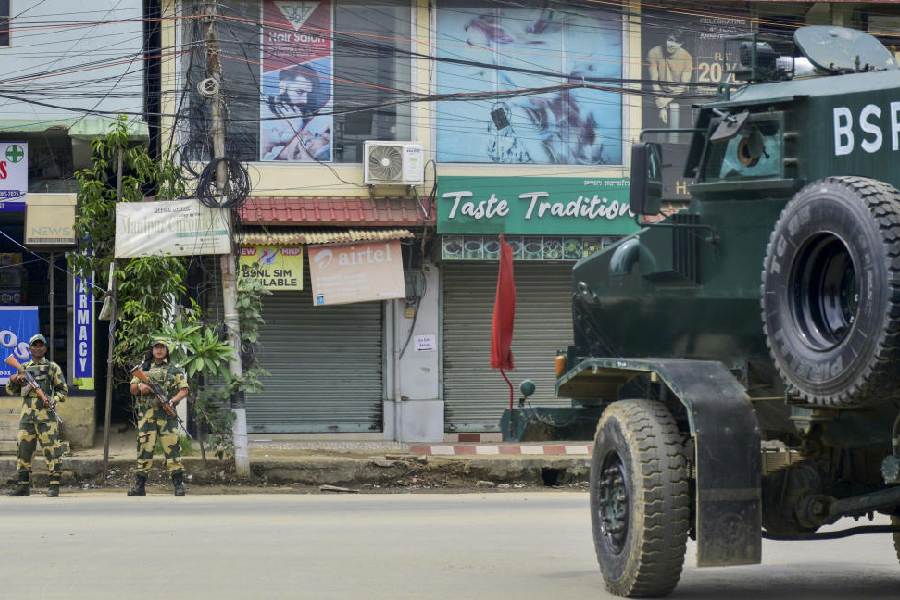 |
The main runway of the airport has become more prone to damage after a Rs 10-crore revamp three years ago. The surface is peeling off with increased frequency, posing a threat to aircraft during touchdown and take off.
Last month, a 16-sq ft chunk of the runway peeled off, forcing its closure for three hours. A Jet Airways flight was about to land when the damage was detected. In November, a 10ftx4ft strip of the runway came off when an aircraft made a sharp turn towards the taxiing bay.
“The runway surface is mostly getting damaged in the touchdown zone, which can be dangerous,” said an airport official.
An aircraft, which weighs at least 16,000 kg with passengers and cargo, zooming into an uneven surface (at about 121 nautical miles or 224 km per hour for medium-sized planes) can easily skid off, explained the official.
But an accident like the one on July 17 in Sao Paolo, in which 200 people died after a plane skidded off a wet runway and slid into a building and gas station, is unlikely in Calcutta.
The major reason is that the city airport is secluded. Also, both runways have fields on their sides. Aircraft wheels, even if they skid off the runway, will get stuck in the soil.
But that is hardly good news for passengers arriving at and departing from Netaji Subhas Chandra Bose International Airport. The aircraft can catch fire or meet other disasters, pointed out the official.
The runway surface seldom peeled off before the last revamp. “Since the resurfacing, such incidents have gone up alarmingly.”
A company undertook the resurfacing to maintain the load-bearing capacity of the runway. The process involves digging up and overhauling of the surface and several layers below it. The maintenance is performed every five to six years.
There could be a number of factors behind the increase in runway peel-off incidents. The aircraft often take a sharp turn on the runway, causing damage to the surface.
An aircraft, taxiing from the parking bay, reaches the main runway through the Alpha taxi bay. It is supposed to backtrack to the threshold of the runway, where it has adequate space for turning, and then gather speed and take off.
“To save fuel and time, and because of the air traffic load, many pilots are taking a sharp turn from the Alpha taxiway intersection,” explained an official.
“We are keeping an eye on aircraft movement. If an aircraft damages the runway, it will be penalised,” said an air safety official.
Hourly monitoring has been started to spot damage on the runway.
Use of low-quality bitumen for resurfacing could be another reason. Cheap material cannot withstand heavy rain and gets washed away.
A concrete runway is not feasible because it would reduce flexibility of aircraft movement.
Airport officials feel the load on the primary runway will lessen once the secondary runway extension is complete, reducing the number of peel-off cases.










